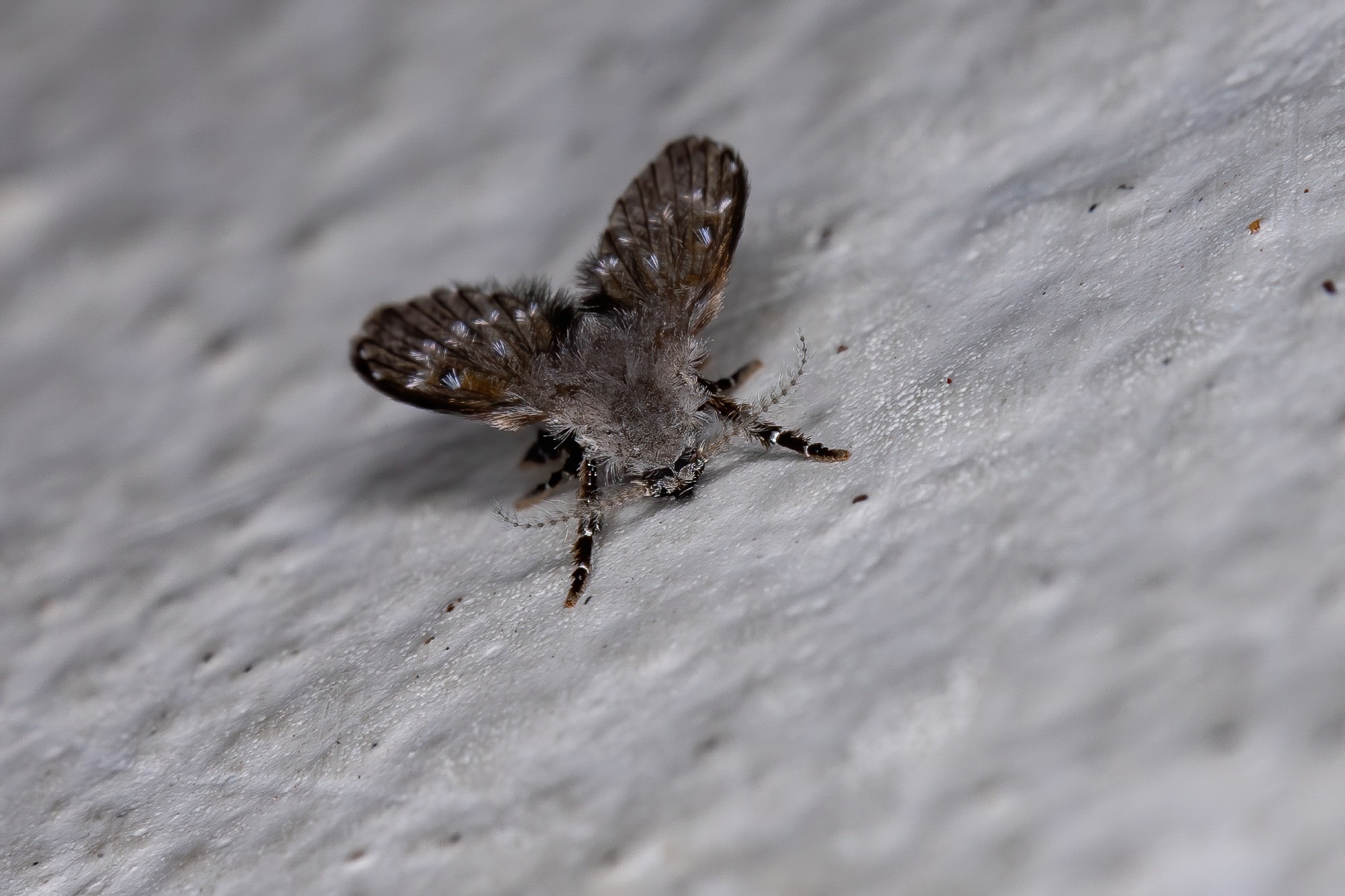In an article published in the journal Nature, researchers explored an innovative approach for identifying sandflies, crucial vectors for various pathogens, using Wing Interferential Patterns (WIPs) and deep learning. Traditional identification methods are intricate, and this novel technique offered a non-invasive alternative, holding promise for efficient sandfly taxonomy in medical and veterinary contexts, especially under field conditions.
 Study: Innovative Sandfly Identification Using Wing Interferential Patterns and Deep Learning. Image credit: Vinicius R. Souza/Shutterstock
Study: Innovative Sandfly Identification Using Wing Interferential Patterns and Deep Learning. Image credit: Vinicius R. Souza/Shutterstock
Background
Sandflies, belonging to the order Diptera and family Psychodidae, serve as crucial vectors for a spectrum of viral, bacterial, and protozoan pathogens, posing significant medical and veterinary threats. Among the diseases transmitted, leishmaniases, caused by protozoan parasites of the genus Leishmania, are particularly prevalent in tropical and subtropical regions, impacting over 98 countries with a risk to more than 350 million people annually.
The emergence of these diseases in new regions is linked to environmental changes. Identification of sandflies is crucial for effective disease control. It has historically been challenging, especially at specific and sub-specific levels. Traditional methods rely on intricate examinations of minute internal structures, making the process laborious and demanding specialized expertise. In response to these limitations, the authors explored an innovative approach by evaluating the utility of WIPs on sandfly wings coupled with deep learning techniques.
WIPs, formed through thin-film interference on the transparent wing membrane, create distinct and reproducible patterns. Unlike traditional methods requiring examination of internal structures prone to damage, WIPs offer a non-invasive external feature for taxonomic analysis. Deep learning, a subset of artificial intelligence, has demonstrated remarkable success in complex cognitive tasks. Previous applications of deep learning in classifying WIPs from other dipteran families, such as Glossinidae and Culicidae, have shown promising results.
In the context of sandfly identification, the researchers aimed to assess the accuracy and reliability of WIPs in conjunction with deep learning for taxonomic classification at various levels. This approach not only provided a potential solution to the challenges posed by traditional methods but also held promise for proactive and passive entomological surveys, particularly in settings with a shortage of medical entomologists and under field conditions.
Material and Methods
A dataset of WIPs from 1673 Psychodidae insects, mainly from the Phlebotominae family, was compiled. The specimens included laboratory-bred individuals and those collected in natura, identified at the time of capture using regional keys. Image acquisition involved capturing WIPs using a Keyence™ VHX 1000 microscope, and a comprehensive database was created detailing taxonomic information, sex, capture date, collection country, and entomologist's name.
The dataset was pre-processed, excluding underrepresented species to prevent overfitting, and images were resized and normalized. The dataset was split into subsets for k-fold cross-validation (k = 5). A Convolutional Neural Network (CNN) approach with MobileNet, ResNet, and YOLOv2 architectures was employed for classification. The CNN architecture accommodates the dataset's reduced size, with depth-wise convolution and batch normalization.
Different architectures, including DarkNet-9, DarkNet-14, and ResNet18, were implemented, and a standard approach using Speeded Up Robust Features (SURF) descriptors, Bag of Features representation, and Support Vector Machine (SVM) was used for comparison. The training procedure involved hierarchical feature extraction and classification using CNN layers, enabling accurate sandfly identification at various taxonomic levels.
Results and Discussion
The dataset comprised 1673 WIP images primarily from laboratory breeds and field-collected specimens. The results demonstrated exceptional accuracy across taxonomic levels. At the family/subfamily level, the classifier achieved 99.8% accuracy in distinguishing Psychodidae from non-Psychodidae specimens. For genus-level classification, accuracy was consistently over 90% for the genera Phlebotomus, Lutzomyia, and Sergentomyia. Subgenus-level classification showed high accuracy, exceeding 80% for four subgenera of Phlebotomus.
At the species level, the classifier achieved remarkable accuracy, with the lowest score being 77.8% for Phlebotomus perniciosus. The method showcased its potential for accurate sandfly identification without relying on traditional morphological approaches, offering a valuable tool for medical entomology.
The researchers acknowledged the limitations, including the need for a more extensive dataset representing diverse sandfly species and populations. The proposed method's robust performance, coupled with potential applications in real-life scenarios and future developments like using Generative Adversarial Networks (GANs), highlights its significance for remote dipteran insect identification.
The findings contributed to exploring alternative, cost-effective methods in species identification, addressing challenges faced by traditional approaches and molecular techniques. It underscored the potential of deep learning and WIPs for advancing entomological surveys in the context of medical vector identification.
Conclusion
In conclusion, the study introduced a novel sandfly identification method for field entomology, leveraging WIPs and deep learning. Departing from labor-intensive dissections, this approach utilized visual markers for taxonomic classification. Initial results showcased high accuracy, yet broader field specimen analyses are crucial for validation and improved precision. The proposed method offered a promising alternative to conventional identification techniques, streamlining processes and overcoming challenges associated with molecular analyses and traditional morphology.
Journal reference:
- Cannet, A., Simon-Chane, C., Histace, A., Akhoundi, M., Romain, O., Souchaud, M., Jacob, P., Sereno, D., Volf, P., Dvorak, V., & Sereno, D. (2023). Species identification of phlebotomine sandflies using deep learning and wing interferential pattern (WIP). Scientific Reports, 13(1), 21389. https://doi.org/10.1038/s41598-023-48685-2, https://www.nature.com/articles/s41598-023-48685-2